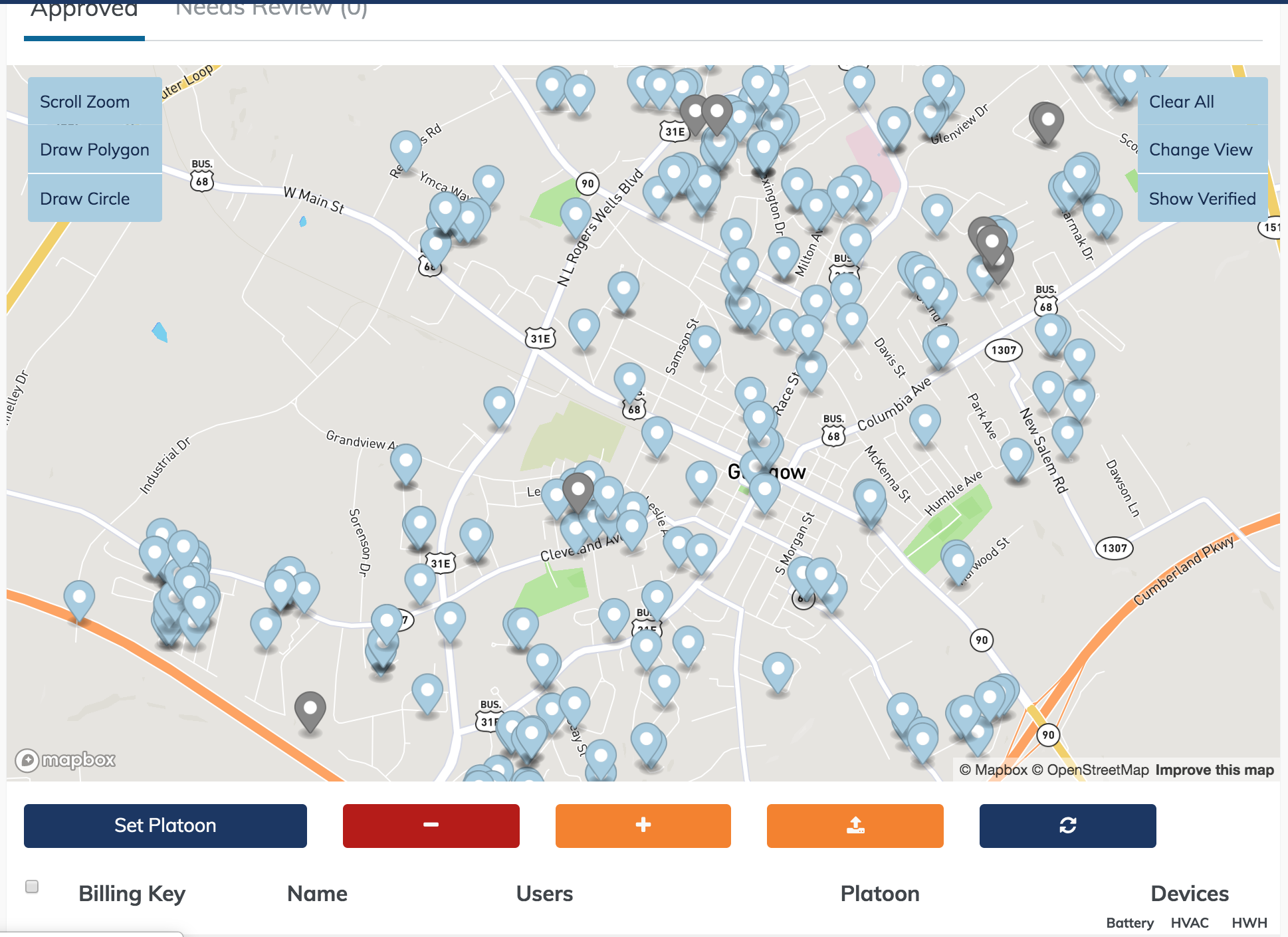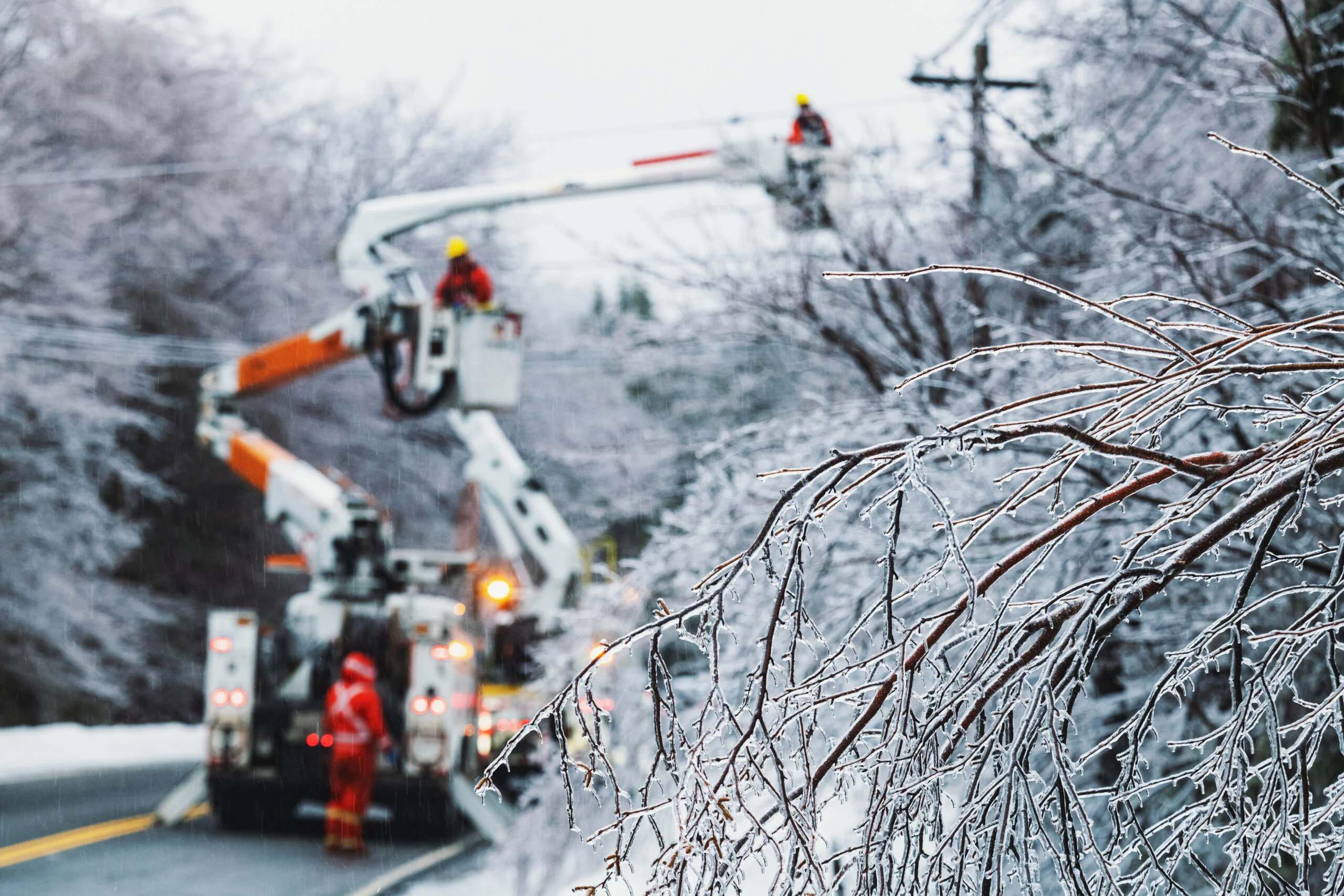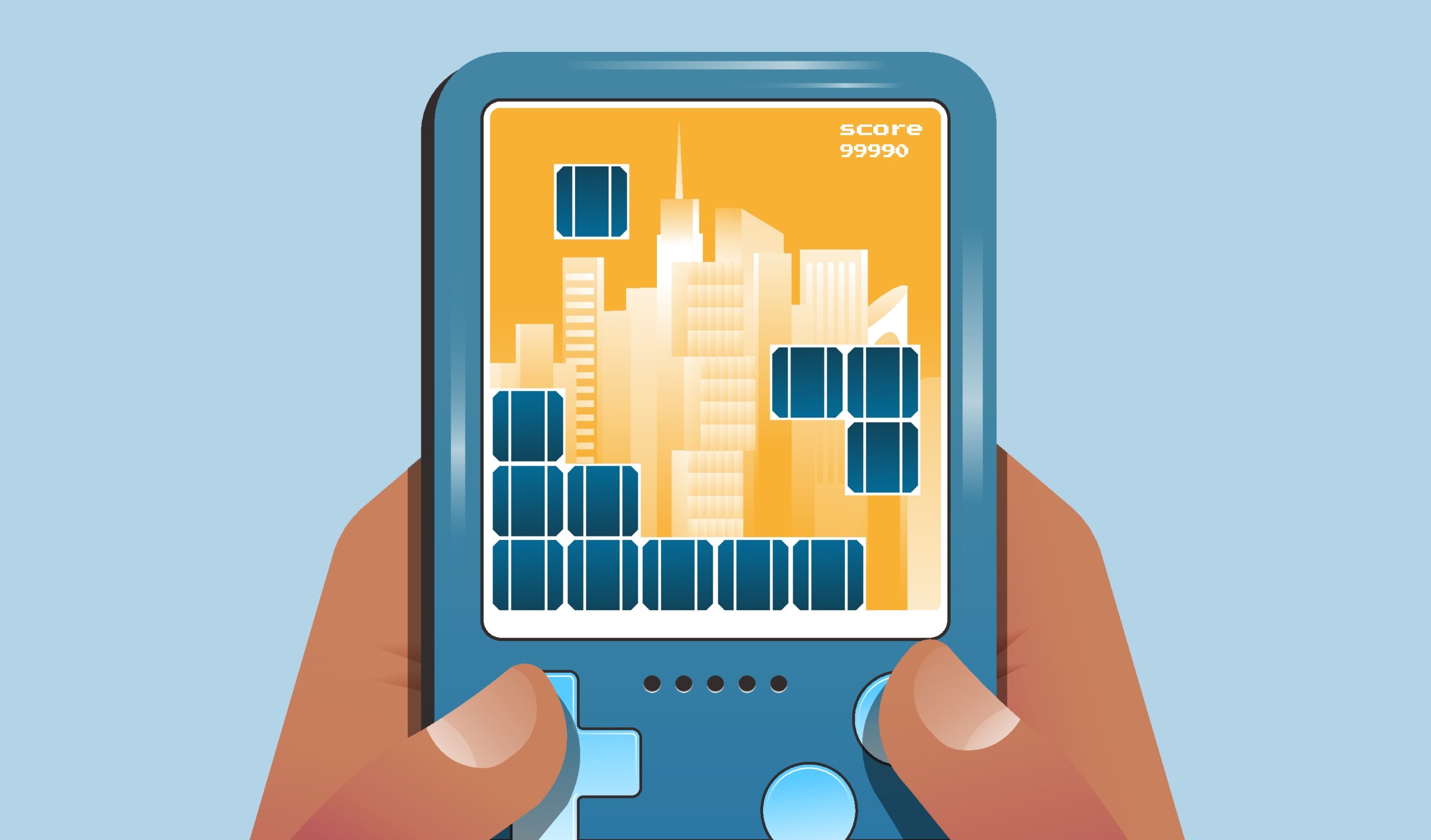What’s not to love about mapping? Maps can show us where challenges to national grid structures might appear while proving where the best opportunities may exist for clean energy infrastructure. Likewise, grid mapping can illustrate by area where renewable energy has already been developed. Mapping can even demonstrate the potential pain points in the grid caused by the increasing occurrence of natural calamities. Visualizing geography is a potent tool that helps inform better decisions while enhancing the reading and understanding of complex data sets. What does it mean for demand-side management (DSM) programs? It makes new value streams.
The demand-side management market continues to experience robust market growth, an indication of investor interest in demand flexibility initiatives. These programs leverage the wealth of smart home devices like thermostats and water heaters through demand flexibility programs like demand response, EV managed charging, virtual power plants, and more. Given this influx of potential IoT devices to manage, demand-side management programs can use localized mapping for a more nuanced understanding of demand in any given area. With electrification efforts and increased extreme weather events leading to reliability issues, mapping can provide a fine-tuned approach to load management at a granular level.
Personalizing Demand-Side Management
Up until now, the focus of typical demand-side management programs was on system-wide dispatch. This means that utilities send aggregate signals to large groups of bundled assets and they will all perform the same action (4 degrees offset on a thermostat, vacation mode on water heaters, etc.). We’ve been beating the drum about real-time, individualized control for quite some time now, but the use cases continue to pop up. The newest one? Localized dispatch.
What is localized dispatch? The ability to segment devices into geographies and call unifying events on those devices. These geographic regions can be anything but are usually tied to a particular part of the distribution grid. For example, imagine enacting a demand-side management initiative unique to a very specific neighborhood in your service territory. In assuming a more detailed approach through the use of maps, utility program managers open up the door to the holy grail of demand-side management – enhanced reliability.
EVs & Demand-Side Management
Electric vehicle penetration keeps even the most forward-looking distribution engineer awake at night. That’s because they know that eventually when everyone is driving electricity, certain circuits on the distribution system are going to be stressed and potentially fail. But the ability to run localized dispatch – controlling groups of devices on a potentially overworked feeder – can keep the lights on in the short term and reduce investments in new infrastructure over the long term.
Localized dispatch also captures value from another increasing trend—non-wires alternatives (NWAs). This means that in parts of the country where utilities can recover costs on stuff that doesn’t need to get built, those utilities are even more incentivized to manage the peaks on those parts of the grid.
Below are some screenshots of our new mapping functionality, which has been rolled out to all our customers already.

Demand-Side Management & Local Dispatch Conclusion
With the proliferation of distributed energy resources (DERs), utilities are poised more than ever to implement their renewable energy strategies to save on expensive energy during peak demand, while enhancing grid security. Localized dispatching places the customer experience first, which builds the rapport with your base necessary to grow your various programs. Through a robust distributed energy resource management system (DERMS), utilities can ensure that their grid is managed to suit the needs of each area, respective to differences in usage. Analytical tools like demand forecasting tech or EV telematics offer an even greater degree of device control and sophistication, further minimizing any pain points you might have with your overall customer base by focusing on their needs.
Article originally published on August 16, 2019, with updates on September 22, 2023.





